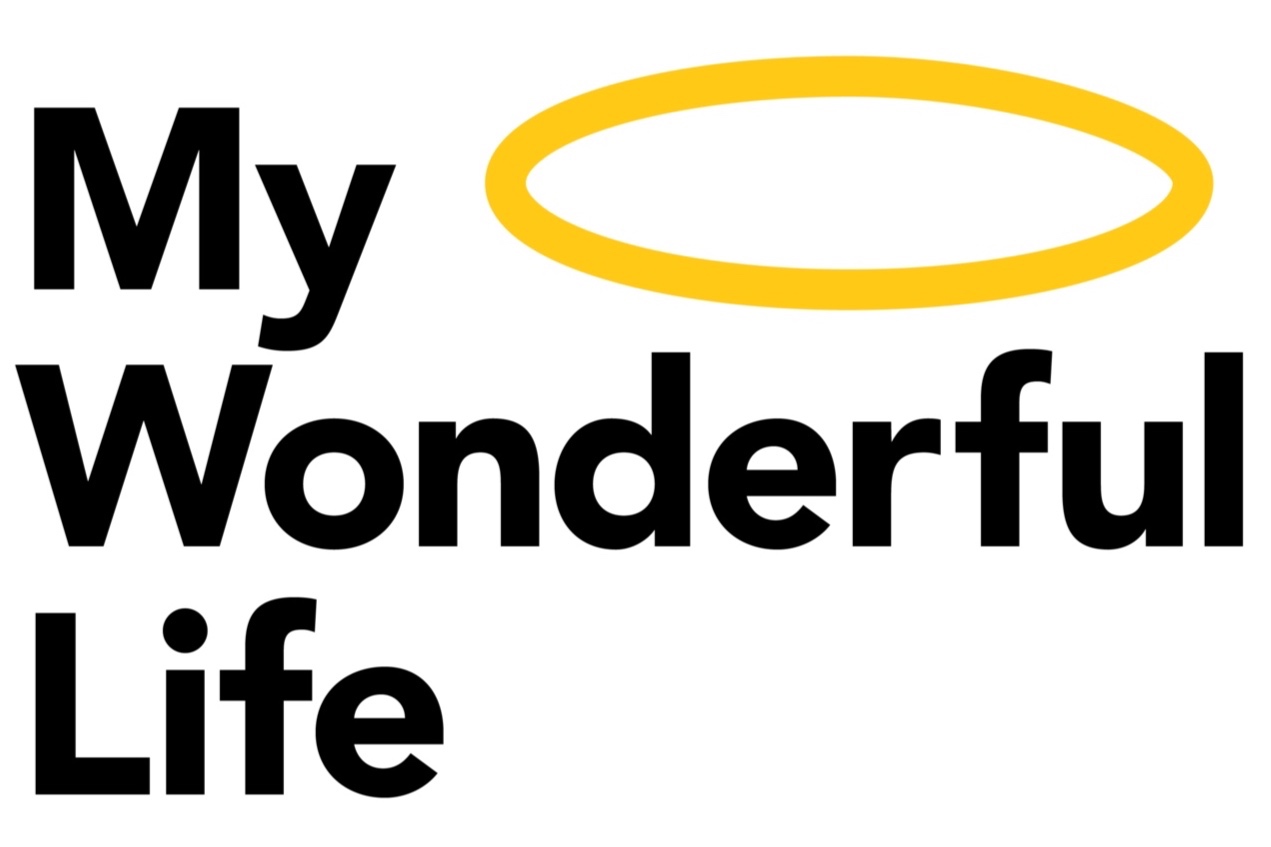Buddhist Funeral Traditions
Buddhist funeral traditions vary by sect, but they generally include a few traditions. We’ll cover some of them, including:
Cremation and the Cycle of Life and Death (Samsara)
Buddhist funeral rituals
Pansukula
Alms-giving
Cremation and the Cycle of Life and Death
Typically, Buddhists cremate the body of the deceased, however, if a parent of the deceased is still living, they will sometimes bury the body instead. For Buddhists, cremation symbolizes the detachment of the spirit from the body. They believe that individuals should not have attachment to the dead because it may slow his/her process of achieving their next life. Buddhists go through life in Samsara (cycle of life and death) until they reach salvation.
The Buddhist funeral ritual
Upon death, family and friends gather at the funeral home to help the bereaved. During this time, no food is prepared at the funeral home, instead, friends and family supply all the food, the only exception being tea and coffee. The chief monk performs funeral rituals that include appraising the departed and comforting the family. While chanting the sutras, the monk places a large white cloth on the coffin. The monk and the family then perform Pansukula, which transfers merit to the deceased.
Once the body arrives at the crematorium, the family members may say a few brief words. Following the cremation of the deceased, the ashes are sprinkled over a river, though some families store the cremains in a cemetery or a family tomb.
Alms-giving
On the 7th day after death, an alms-giving is performed by a monk. During this time, special offering are made to the monks so that more merit can be transferred to the deceased. This alms-giving is repeated three months after death and again at the one year anniversary of death.

